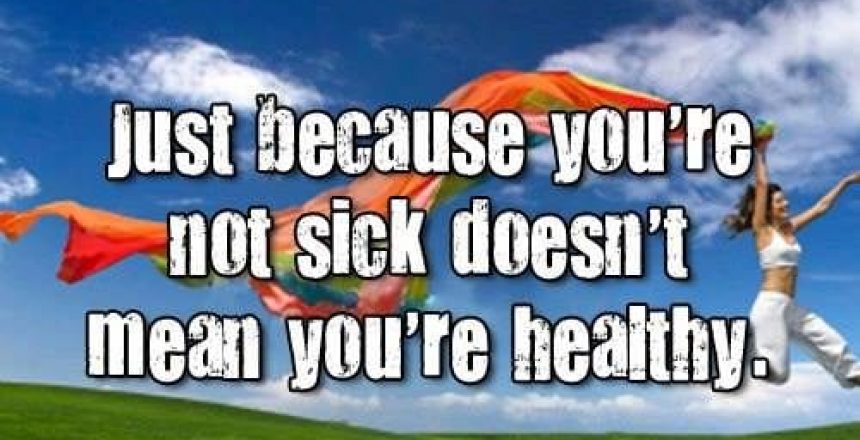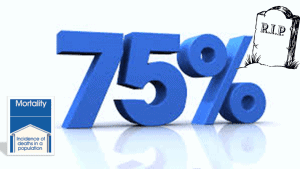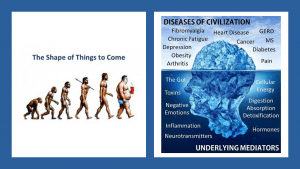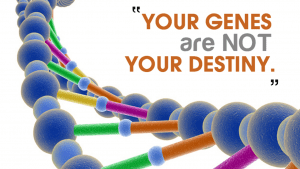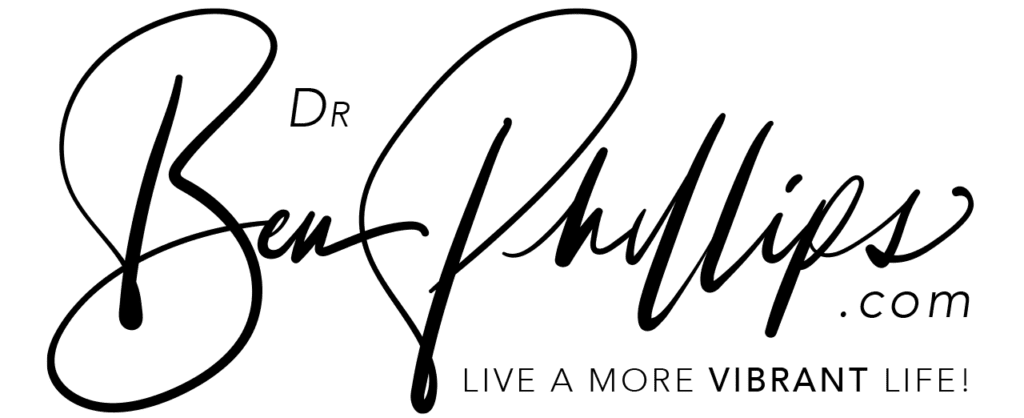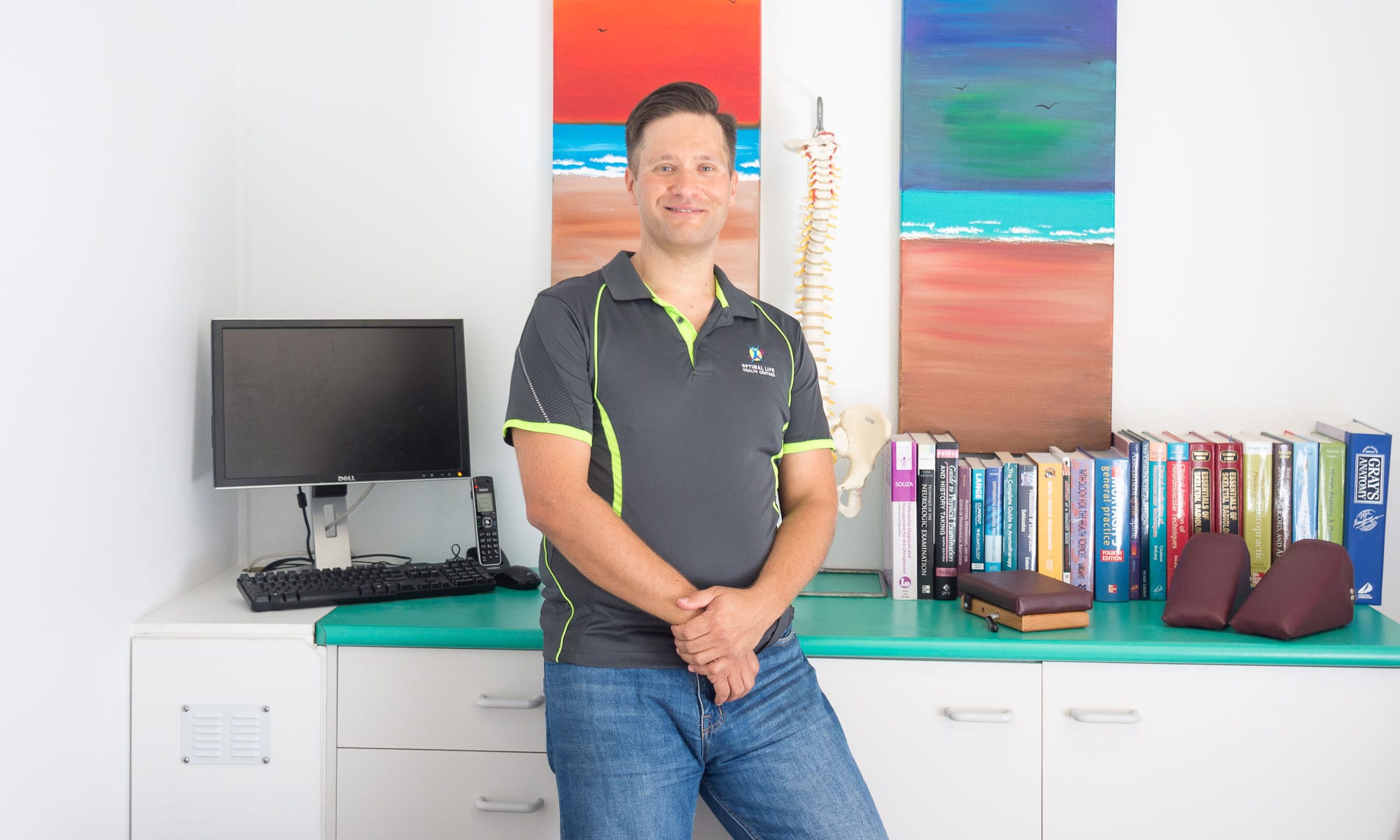Remember that the best way to define “health,” is not by using symptoms as a marker – in fact this is a particularly bad way to define your level of health!
Symptoms are no more than warning signs of the true dysfunction (and they often come about only when your ability to adapt has hit exhaustion!)
When body tissues like muscle and bone get damaged, they begin to heal along a pattern which follows the same course time and again. This type of healing has three distinct phases:
- an inflammatory period, which helps to help fire up the immune system and flush any toxins or bacteria by activating defensive cells and chemicals, followed by
- a repair period, which involves the quick but disorganized laying down of scar tissue with no (healthy) pattern or structure (this gets the mechanical stability back into the area to return function), and finally
- a re-aligning or remodelling period where the body gradually rearranges and organises the scar tissue, to improve functional ability of the previously injured area.
The whole process can take up to 12 months or longer depending on how bad the injury was and whether the person continues to aggravate the injury throughout its healing process.
Importantly though, the injury will be painful for the first phase, and perhaps a part of the second, but pain will quickly reduce early in this second phase, even though active healing is still going on.
If you were to cut yourself, the first stage of healing would have a band-aid over the cut.
It’s painful and you leave it alone, probably not using the injured part in the usual way.
In the second stage you have a great big scab over the injury site, and after a few days, the area is not painful – but you don’t pull off the scab and start using the area with the same pre-injury intensity.
The third phase will be as the scar falls off, and then for quite some period after; the injury site will have pink, new skin and will be quite weak and easily prone to re-injury while the re-modelling of the internal scar continues.
The point is that you don’t take off the band-aid after an hour; you don’t pick the scar while it’s healing or stop rinsing the area in salt water to prevent infection – even when the pain goes away; you keep protecting and caring for the injured site through the whole extended process of healing.
The same is true for chiropractic care as we attempt to help your body stop re-creating the subluxations that have become patterned ‘habits’ in the body, often for a long period of time.
Even if you had or have an overt painful injury to begin with, most often subluxations are clinically ‘silent’ (ie. have no overt symptoms) and can only be detected by the trained hands of a chiropractor.
This means that ceasing care when your pain goes away is most likely setting yourself up for further grief and pain in the future!
This concept is part of what we call the SALUTOGENIC model where we focus on health, stress and coping mechanisms; working with factors that support human health and well-being, rather than on factors that cause disease. Learn more about how we work here.

